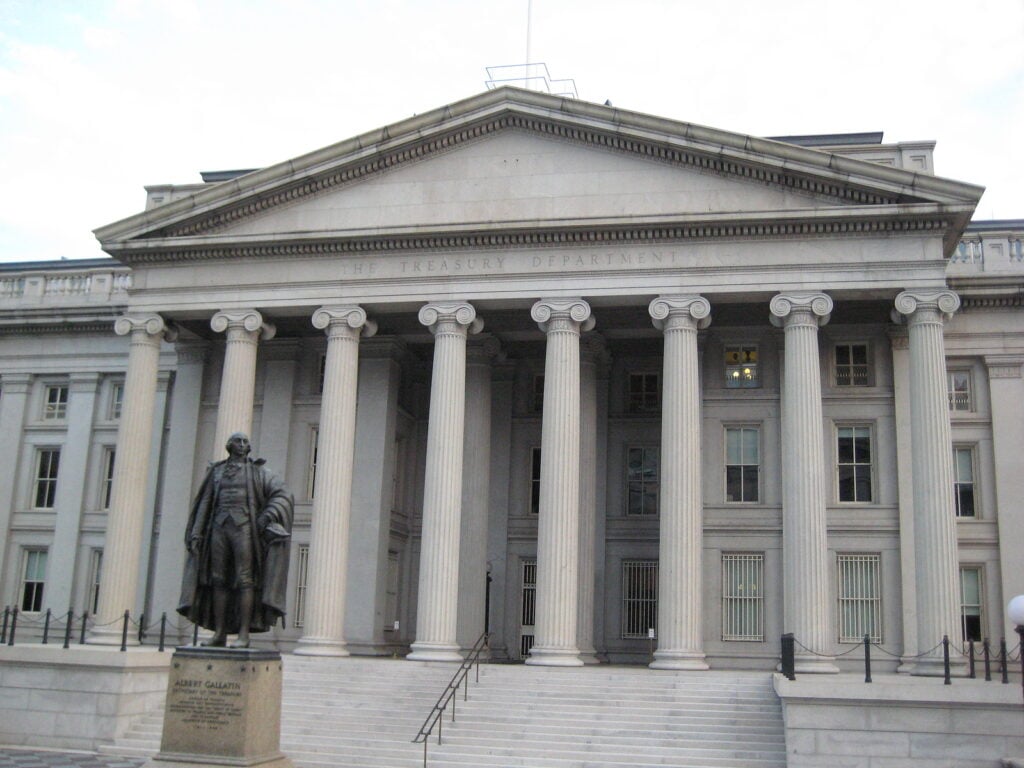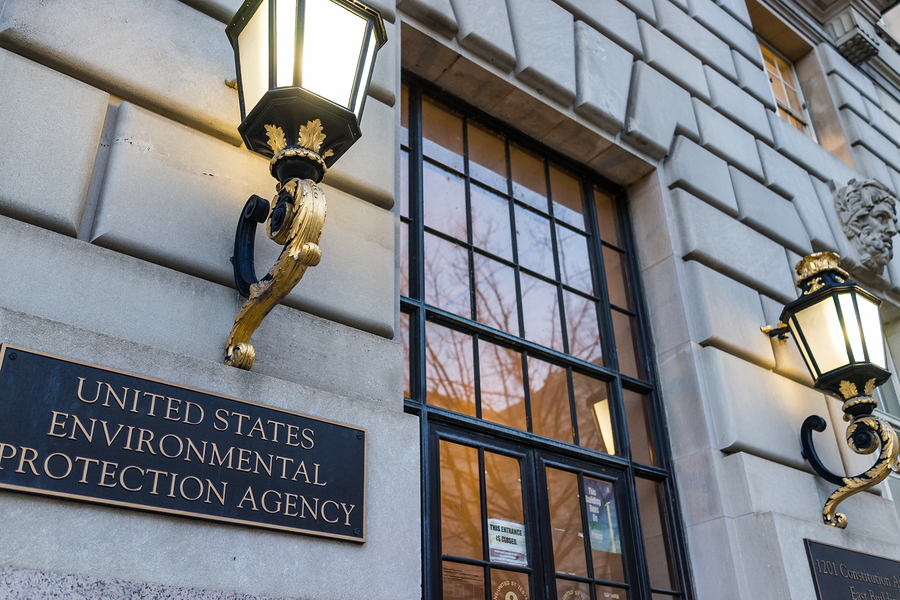Wind PTC Inextricably Linked to EPA Power Plant Rules

An earlier article explained that for President Obama, the American Wind Energy Association (AWEA), and the national environmental lobby, the wind Production Tax Credit (PTC) is at the top of the to-do list for the lame-duck session that will close out the 113th Congress. While lawmakers debate the PTC, the Environmental Protection Agency (EPA) is finalizing its first regulation on carbon dioxide emissions from existing power plants—the foundation of President Obama’s broader “climate” agenda. These two policies—the wind PTC and the most recent EPA regulations on power plants—not only independently support the administration’s climate agenda, but also reinforce each other in important ways. Therefore, if Republicans in Congress truly want to rein in the EPA, they must reject any attempt to revive the wind PTC.
The EPA’s Regulation of CO2 Emissions from Existing Power Plants
As we detailed in a recent report, EPA regulations will close a staggering amount of affordable and reliable power plants—upwards of 72 gigawatts in total. That is enough to reliably power over 44 million homes. These closures will do very little for the climate, but will impose staggering new costs on American families and businesses.
The latest of these regulations, EPA’s regulation of carbon dioxide emissions from existing natural gas and coal power plants, attempts to “address” climate change by imposing state-specific mandates for reducing carbon dioxide emissions. Specifically, it requires states to develop and submit their own implementation plans to the EPA to reduce global carbon dioxide levels by 1.5 percent by 2050.[1]
EPA’s regulation of carbon dioxide emissions from natural gas and coal plants will cost upwards of $366 billion and raise electricity rates for many electricity consumers by double digits. In terms of climate benefits, the regulation is designed to reduce global temperatures by a paltry 0.018 degrees Celsius by the year 2100.
To establish its state-by-state carbon dioxide mandates, EPA applied a four-part formula to each state’s electricity sector and assumed that, if each state could implement the required changes, the result would be an overall 30 percent reduction in carbon dioxide emissions (individual states have varying targets). EPA refers to the four parts of its formula as “building blocks.” Each state must do the following to meet EPA’s mandates:
Building block 1: Increase fuel efficiency at existing coal plants by 6 percent
Building block 2: Increase capacity factor of natural gas plants to 70 percent
Building block 3: Increase use of renewables, such as wind and solar power
Building block 4: Reduce total demand for electricity by 1.5 percent per year
EPA’s Plan Supports the Wind Industry
Building block 3 essentially imposes a renewable electricity mandate on all states, even states that have not implemented their own. To put it bluntly, this would be a massive handout from the EPA to the wind industry. The American Wind Energy Association (AWEA), the lobbying arm of the multi-billion-dollar wind industry in the U.S., is licking its lips at the prospect. AWEA’s CEO Tom Kiernan proclaimed, “Wind energy is one of the biggest, fastest, cheapest ways states can comply with the forthcoming EPA rule limiting carbon pollution from existing power plants.”
The Department of Energy agrees that the EPA is inflating the wind industry. In its recent Wind Technologies Market Report, the Department wrote: “Although the lack of long-term federal incentives for wind energy has been a drag on the industry, the prospective impacts of more-stringent EPA environmental regulations on fossil plant retirements and energy costs may create new markets for wind energy.”
According to AWEA, however, the EPA should go even further to support the wind industry. In recent Congressional testimony, Tom Vinson, AWEA’s Senior Director of Federal Regulatory Affairs, stated: “While AWEA supports the draft rule, we believe the details of the proposed building block 3 significantly underestimate the amount of cost-effective reductions that are available now and in the immediate future from renewable energy sources; and, as such, that the final rule can and should require emissions reductions that go further….”
National environmental groups echo the same message. The Union of Concerned Scientists (UCS) released a report that complements AWEA’s position and suggests the renewable energy targets in the EPA regulation are too modest. The UCS report calls for an increase in carbon dioxide emissions from 30 percent to approximately 40 percent below 2005 levels by 2030. Perhaps incidentally, the Department of Energy Secretary Ernest Moniz’s Chief of Staff, Kevin Knobloch, is the past president of the UCS. The Sierra Club’s “Beyond Coal” campaign supports the PTC, as does the League of Conservation Voters’ scorecard.
In other words, wind industry advocates say the EPA mandates are absolutely necessary to sustain the wind industry. Again, according to Vinson: “This rule is behind only the production tax credit and state renewables mandates as a potential market driver for wind energy.”
The Wind PTC Supports EPA’s Existing Source Rule
The PTC hides the cost of mandating unrealistic amounts of renewables (building block 3) and encourages states to implement renewable power mandates—that is why the Administration wants Congress to extend it. It is no accident that the same groups who advocate for President Obama’s climate plan are pushing aggressively to revive the PTC. They know EPA regulations will simply be too costly without big subsidies to wind power.
With the PTC in place, states that mandate increasing amounts of generation from renewables will get some help from taxpayers (you and me). The crucial link between the wind PTC and the EPA rule is that the PTC makes “building block 3” appear to be affordable on our electricity bills when, in reality, it merely jacks up our tax bill.
The PTC is also a “foot in the door” in the power shift from the states to the federal government. Much like a federal mandate for renewables, the PTC favors wind power above reliable sources even when the grid rejects intermittent wind-generated electricity. Unfortunately for the President and his agenda to increase the cost of electricity, most voters don’t trust the federal government to run the power grid, and most are pretty confident that the states—who have been regulating the electricity system for more than a hundred years—should keep doing that job.
Conclusion
There is no getting around the massive costs and miniscule benefits of the EPA’s new regulations on natural gas and coal-fired power plants. However, the wind PTC hides those costs from consumers and enables the Administration to claim that its “building blocks” are affordable. At the same time, the EPA regulations are a huge boon to the wind industry, which struggles in the absence of subsidies and mandates. The back-scratching taking place between the wind industry and the Administration on these policies is obvious once all the facts are considered. Stay tuned to Energy Townhall to learn how rejecting the wind PTC is the only meaningful vote this Congress will have against the Administration’s energy agenda.
[1] EPA’s plan will reduce carbon dioxide emissions from the U.S. electric power sector by about 30 percent. But carbon dioxide is a well-mixed gas and what matter is global levels, not merely U.S. emissions. According to the assumption here, if the world follows the IPCC’s RCP 6.0, the reduction caused by EPA’s plan will be 1.5 percent by 2050.




